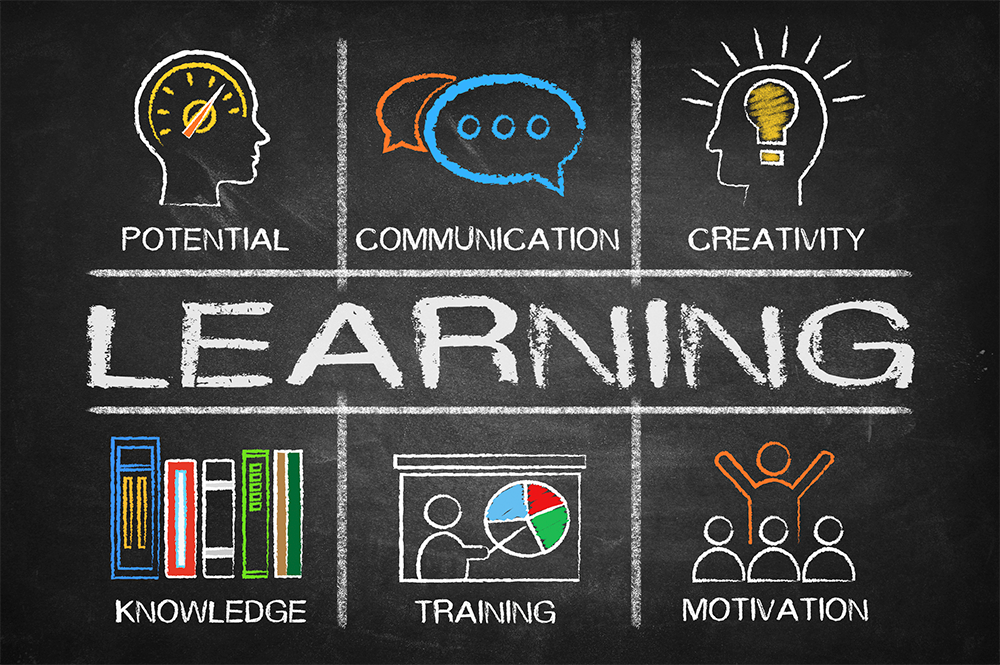
Strategic communication is an essential component of global health and security. It encompasses all aspects of communication that contribute to disease prevention and health promotion (Health Communication). In fact, according to Columbia University’s Renata Schiavo, PhD, “Recent epidemics, both within the realm of communicable and non-communicable diseases, have created the need for a diverse global workforce that should master and be able to implement key principles, strategies and planning frameworks for health communication interventions” (233).
Effective health communication entails more than generating positive individual health outcomes. Social, behavioral and organizational systemic changes, which are needed to produce health equity, lies at the root of many global health challenges today (Schiavo 233).
Health equity provides the same opportunity both to stay healthy and to receive appropriate treatment levels for disease or other health-related emergencies regardless of social determinants like race, gender, age or economic status (Health Equity). It is also the key to achieving more inclusive societies with improved opportunities to thrive. Strategic health communication can help build bridges between people and professions that evoke broad systemic changes in policy, community, organizations and individual behaviors (Schiavo 233).
Schiavo provides an example of numerous communication obstacles that can prevent obtainment of even the simplest health improvement goals. Hand washing, for instance, is an accepted behavior for preventing and stopping the spread of disease in many parts of the world. However, in other areas “social norms, lack of essential supplies (e.g. soap, water, etc.), conflicting priorities, low health literacy, limited cultural competence among healthcare providers and/or low prioritization within local policies and interventions” are barriers to people adopting this behavior (Schiavo 234).
- Through influencing factors, intersecting systems (e.g. healthcare, education, transportation, housing, social welfare, etc.) and people who adopt and sustain healthy behaviors, Schiavo argues people can create solutions and encourage social accountability among essential members of the global community (234). She also suggests that global health communication programs (in academia and professional and community development) can prepare future practitioners and researchers for the complexity of an increasingly interconnected world. Equity and social justice can be promoted through the intersection of health and human rights, climate change, trade, community health and other key issues (Schiavo 234).
For additional information on health equity:
http://www.healthequityinitiative.org/hei/wp-content/uploads/2014/04/Why-Health-Equity-Matters-US-and-Global-2014.pdf
For additional information on Dr. Schiavo and the health communication summit: http://www.healthequityinitiative.org/hei/wp-content/uploads/2016/05/HEI-2016-Summit-Report-Final.pdf
For additional information on evoking health behavior change through communication:
http://ccp.jhu.edu/social-behavior-change-communication/
For additional information on health communication: http://www.healthypeople.gov/2010/document/HTML/Volume1/11HealthCom.htm
References:
- “Health Communication.” 11 Health Communication. p., n.d. Web. 25 May 2017.
- Schiavo, Renata. “Training the next generation of global health communication professionals: Opportunities and challenges.” (2016): 233-237.
- Health Equity Initiative. Why Health Equity Matters.
